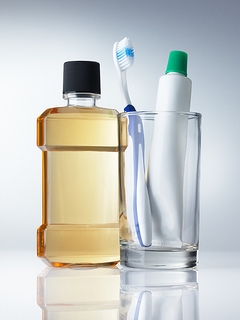Ask Dr. Don Connolly and Dr. Stanley Sokolow: "My son is six—when should he be seen for an orthodontic evaluation?"
May 3rd, 2013

Thanks for asking! It really depends on the dental age of the patient rather than their chronological age. Usually a good time to have your child evaluated by an orthodontist is after the front permanent teeth have erupted into the mouth or if there appears to be extreme crowding of the teeth.
The American Association of Orthodontists recommend that children between the ages of 7-9 should be evaluated by an orthodontist. There are times when an early developmental treatment is indicated to correct situations before they become major problems. In these circumstances the patient will most likely benefit from a second phase of orthodontics when all of their permanent teeth have erupted.
Most full orthodontic treatment begins between ages nine and 14, and lasts from one to three years, with two years being the average. It’s important, however, that children be screened at an early age for Dr. Don Connolly and Dr. Stanley Sokolow and our staff to assess if your child can benefit from orthodontic treatment and when treatment should begin.
We hope this helps, and invite you to give us a call if you have any questions about your child’s treatment at Donald P. Connolly, DDS.









 Website Powered by Sesame 24-7™
Website Powered by Sesame 24-7™